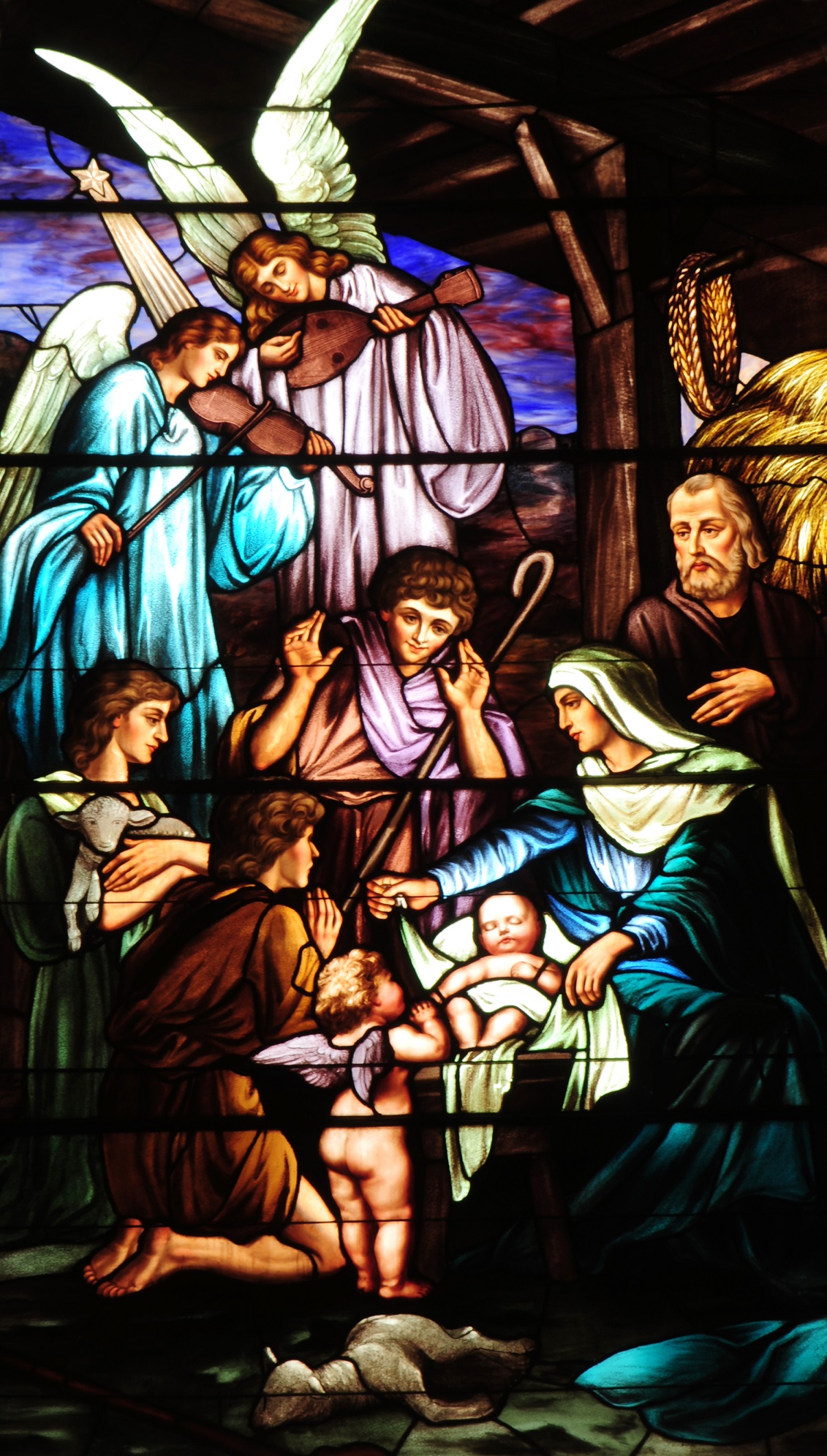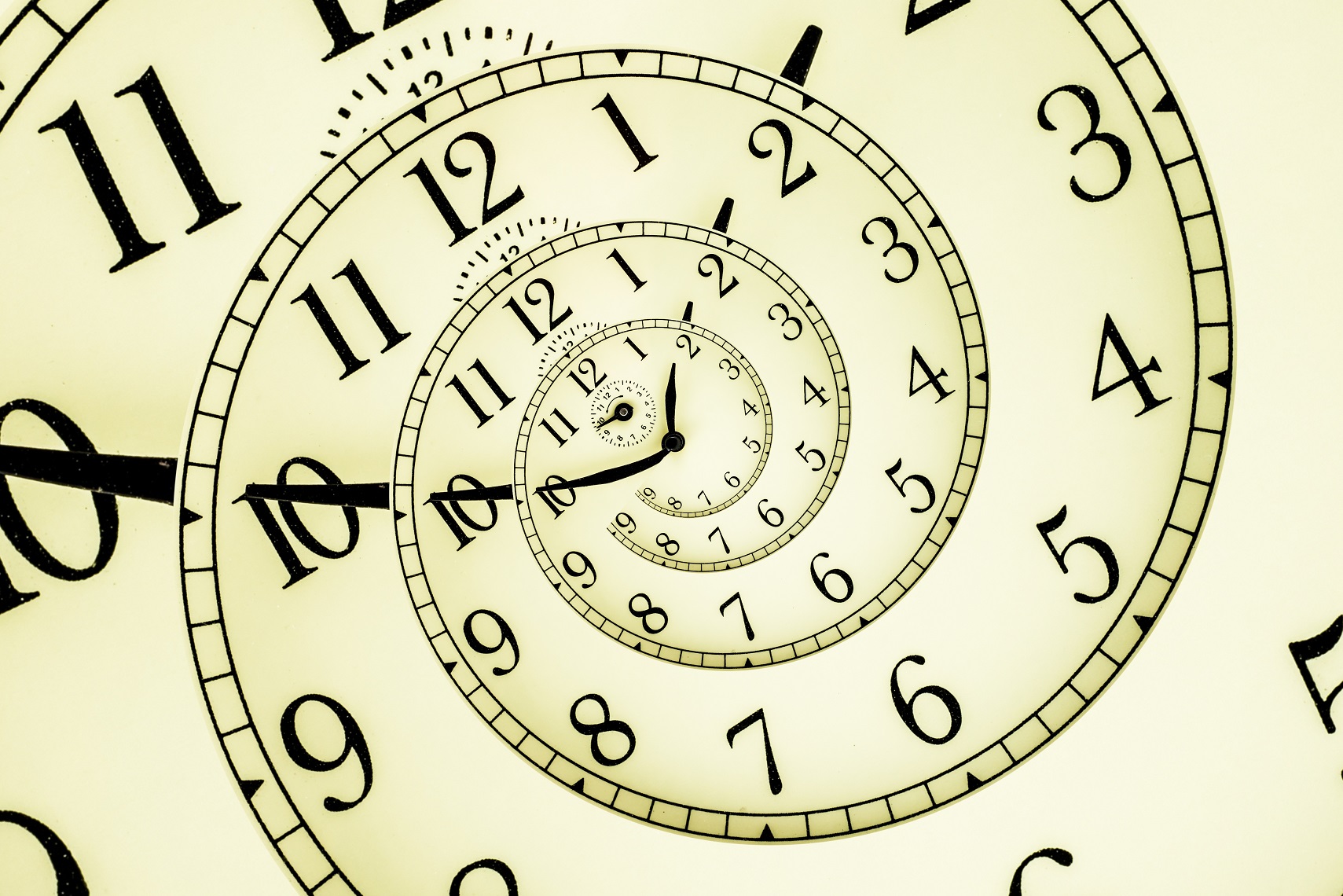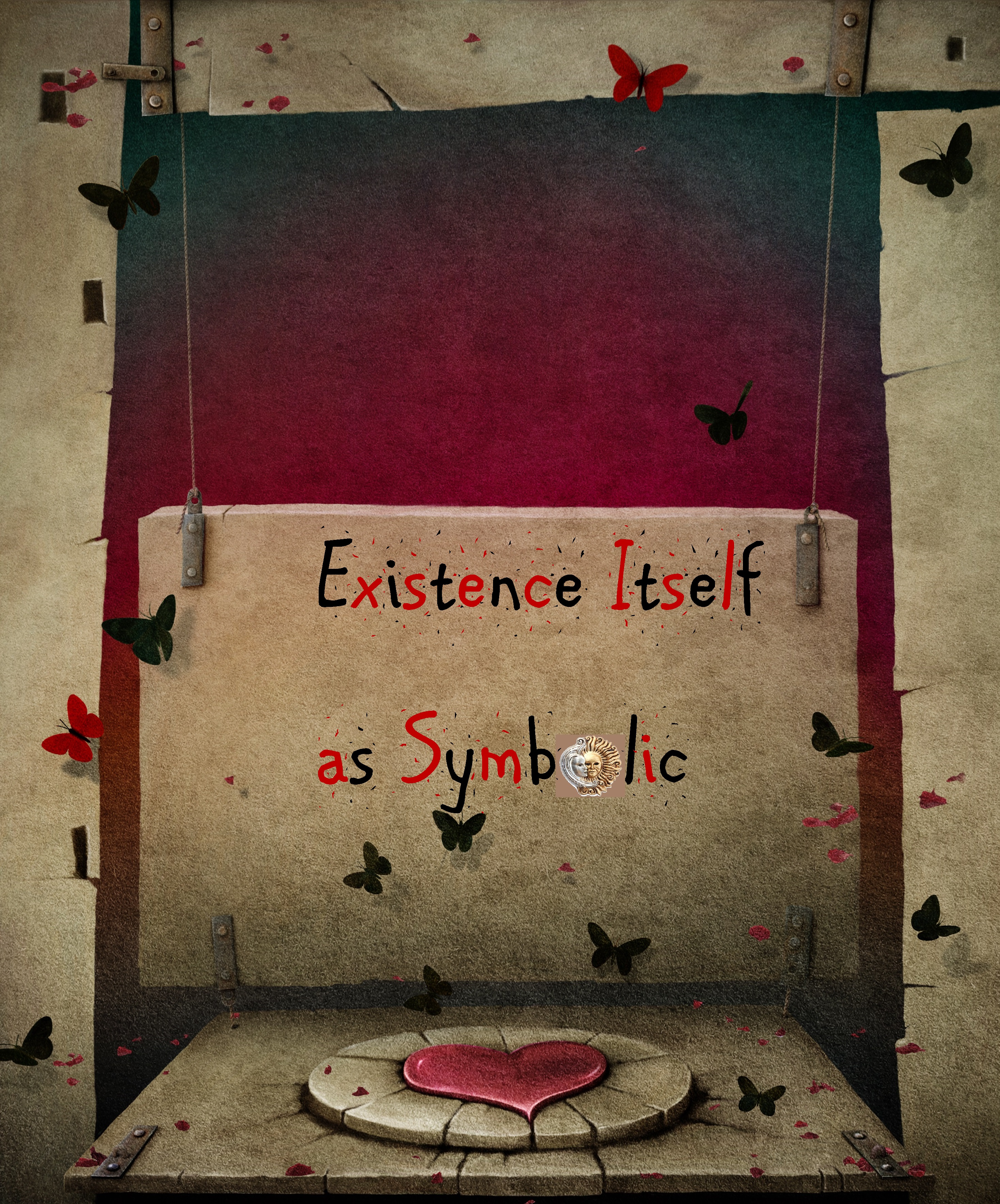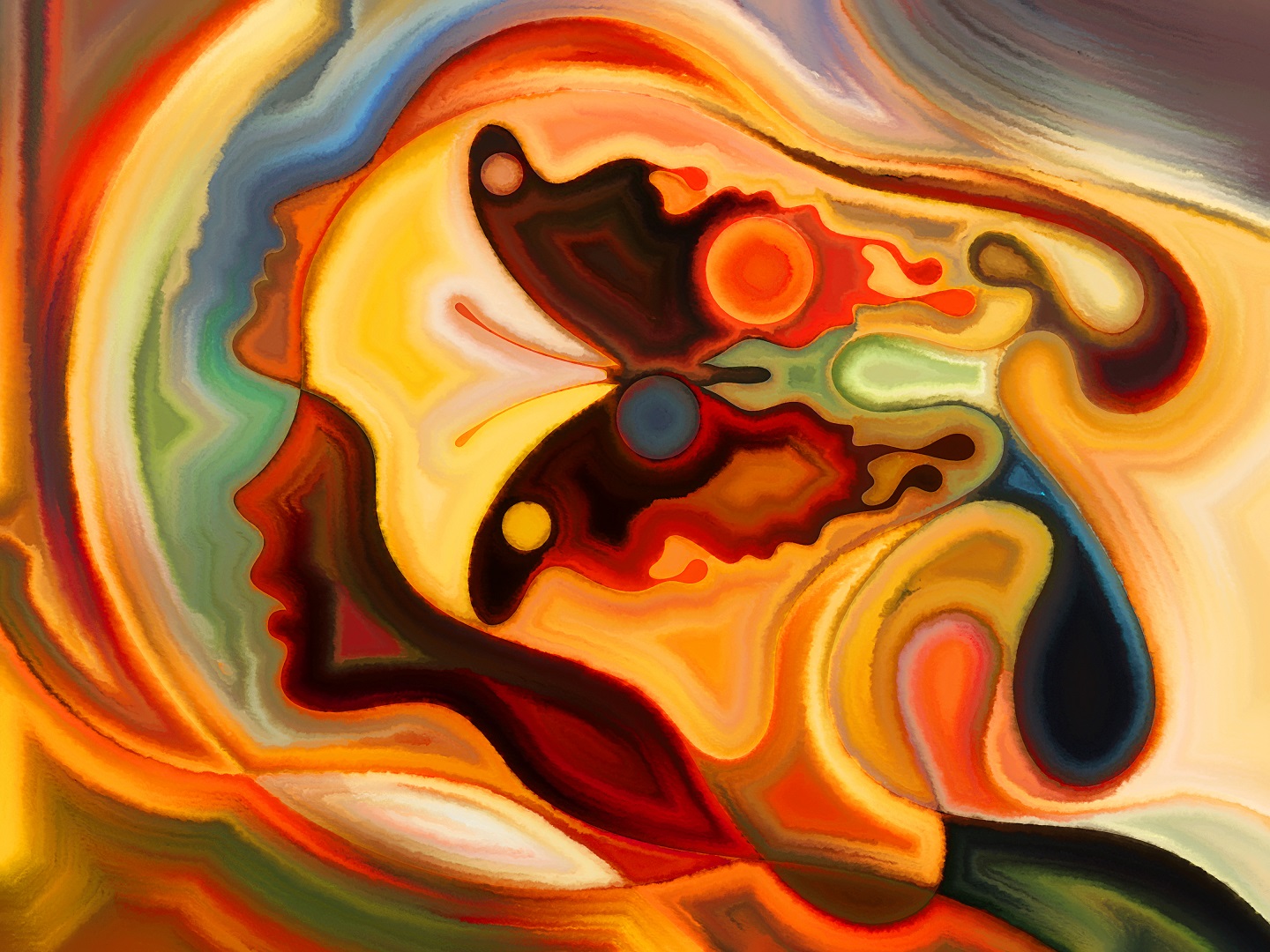
The stand out attractions were the Byzantine clock tower, the refectory (trapeza), and the katholikon or principal church with its visual embellishments. Whilst awaiting consignment at the synodikon I had overheard a senior monk informing one of the other pilgrims that the auburn-coloured katholikon was established sometime in the tenth or eleventh century and thereafter consecrated to the Annunciation of the Theotokos (God-Bearer). Even a brief glance at the elaborate decorations is enough to extrapolate the prominence of the Divine Feminine in the guise of the Theotokos. She appears together with the Archangel Gabriel on the main gate leading to the inner narthex and shares sentry with an enthroned Christ and St. John the Baptist within the left arch of the Deësis directly above it. The adjoining walls are embellished with fourteenth century frescos segued together under the grandeur theme of the Annunciation and brought to life with the strategic amalgamation of earthy colours like reds and browns with celestial and natural ones like greens and blues. Much of my time was spent here, examining emblematic snippets of the New Testament like the purposive visitation of Mary by the Archangel Gabriel, the adoration of the Babe Jesus, the Theotokos and Child enthroned, the presentation of gifts and offerings to the mother-son pairing, and a great many others. If walls had ears then they had definitely overheard some of what had been passed down from generation to generation about the central importance of the feminine in the life-bestowing process, woman as the formative vessel and nurturer of that divine spark we call life.
Later that afternoon, at the sounding of the semantron, I was able to venerate the formative power of the Divine Feminine and petition for the welfare of my friends and family with personal prayers and the lighting of a candle or two. It took all of about five minutes for the nave to become inundated by symmetrical alignments of Orthodox pilgrims, each waiting for his opportunity to kiss the metal and glass-plated icons of the deities and saints. Meanwhile robed monks poured into the church, segregating around the sanctuary in anticipation of the vesper. The restrained pandemonium mellowed into a tidy stillness as people crammed together and invaded one another’s personal space under the silver candelabrum of the central dome and the familiar Byzantine chanting begun. The ardent diction inherent to some of the hymns and prayers mesmerized me, especially when they were complemented by the rhythmic percussion of saging the sacred space with myrrh and frankincense. Underneath their religious and cultural veneer one could perceive a subtle undercurrent, an appeal to the higher virtues of the transcendental Self, the all-knowing part that can distinguish the golden worth of right, true love, admiration, selflessness and magnanimity from the leaden and poisonous cinders of wrong, pathological love, worthlessness, selfishness, and pettiness. For those intuitive enough to grasp the spiritual nuance, the ritual chanting awakens us to the remembrance of our God-given worth when we treat the whole world with its perceived merits and vices as an external projection of our own being. Normally the pneumatic seed within each and every mortal is obscured by the precipitating layers of egotism and the coagulation of a false self, however certain inner states of consciousness configured under the patronage of poverty, chastity, and obedience can and will release it; subjection to commandments and unrelenting forces yields higher virtues, and eternal diamonds for that matter. It’s no surprise that the practice of the three aforementioned principles makes up the traditional trident of Orthodox monasticism!
I elected to sit near the sanctuary for two reasons, to tap the spiritual force and peruse some of the artworks about the sanctuary. Just as how we perceive the universe is an outward reflection of our internal state, so too were the themes of the outer narthex reflected in the inner narthex, the nave, and the sanctuary. Wedged into the space above the northeast and southeast pillars which support the cupola representing the heavens, for example, are the protagonists of the Annunciation, the Theotokos and the Archangel Gabriel, respectively. Deeper into the church’s heart centre, the holy of holies, we find exquisite mosaics rendering the Crucifixion and the Theotokos abreast her mother St. Anne,; fourteenth century icons of the twelve Apostles; and the “Ninia”, an archaic diptych sporting adjacent images of Christ and the divine mother-son pairing that once comprised the personal collection of Byzantine Empress Theodora (c.500-548). The sanctuary is also the keeper of Vatopedi’s crowning jewel, the Theotokos’s own girdle which she handed to Apostle Thomas just before her heavenly ascension. The three segments of the belt are preserved within a set of cases inside a gilded chest that is itself emblazoned with a network of floral motifs and three beautiful panels illustrating Jesus Christ, St. John the Baptist, and St. John the Theologian. Throughout the course of history this legendary relic has allegedly been responsible for anomalous healings, the reversal of infertility, and even the resurrection of the dead.
After the prolonged vesper we were all shuttled into the refectory opposite the katholikon for an early dinner consisting of potatoes, bread, olives, onions, tomatoes, wine, water, and fresh oysters, a rare delicacy. I ended up wedged between some Russian and Serbian Orthodox pilgrims who wouldn’t stop fidgeting and glancing about apprehensively. Everybody seemed self-conscious, temporarily possessed by contrived table manners and facial expressions in an unconscious bid to appease the wondering albeit discerning eyes of the epitropos and the proistamenoi. Conversely, there was a few light-hearted and frivolous old fellows like myself who cared little for the impressions made and ate liberally as though we were perceiving the first alpenglow of a worldly famine. All the while a monk recounted poetic prose and prayers reminding all of their purposes and responsibilities towards fellow brothers and sisters who, for one reason or another, had lost ground from beneath their feet before plunging into the disenfranchised and frequently stigmatized social taxonomies–poverty, intravenous drug use, mental illness, and what not. As his words blared from the speakers, I was petitioned to think about how some people in this world are bereft of the resources with which they might satisfy the rudimentary requirements for adequate living; the formative circumstances of their lives are so barren that they cannot enjoy privileges that most citizens of the developed and industrialized countries take for granted like cooked meals and clean water, an enclosed edifice that protects one from detrimental natural conditions and is conducive to sleep, and the ethereal warmth of fraternal or romantic companionship. The prayer was a fitting reminder of our privileges, privileges that should not be disremembered, taken for granted, or ill abused.
The cessation of the feast coincided with dusk, an indication that the nocturnal vigil or agrypnia was about to begin. To the detriment of the sleep lovers, Sunday’s proceedings digressed from the conventional afternoon practice of eating, studying, and retiring before 9pm. Towing the monastic line in full force, pilgrims were expected to remain awake and unfed until about one in the morning, a time when the epitropos would emerge and salute all for their physical endurance with a healthy dose of religious and spiritually-flavoured oratory. At first the idea of sleepless tribulation excited me, but having endured a month of unrest before arriving onto Mt. Athos I found that my strength reserves were running dangerously low, so low in fact that they were unable to sustain me for the entire duration of the vigil. My enthusiasm had waned, the adrenalin I’d felt upon entering Vatopedi had retracted back into a primordial vacuum like a backwash, and Hypnos, the god of sleep, was knocking on the doors of my conscious awareness with his bulbous and bony fists. I scampered back to my sleeping quarters just before midnight, feeling enormously embarrassed about my short-fused stamina. The guilt expanded like helium balloons when I realized that of a thousand or so pilgrims only I had jumped ship. It expanded even further when I saw that the other five beds in the dormitory were bereft of their temporary occupants.
Two little voices materialized out of nowhere as I reclined onto the bed and my cheek brushed against the cloudlike pillow. One was a guttural male voice, harsh, loud, and condescending; the other a mellow female voice with empathic and magnanimous qualities:
“He’s such an ungrateful brat. Here he is upon the Holy Mountain, a once in a lifetime opportunity to partake of all these primordial Greek Orthodox traditions, his own cultural footprint and heritage, and he can’t keep his damn eyes open. He sucks!”
“Give him a break already! The guy hasn’t slept properly in weeks. He’s exhausted.”
“He can rest when he’s dead!’
“It’s very easy to prattle off from your lofty throne up there, isn’t it? First submit yourself to embodiment and then talk.”
“Come on how can he embark on a pilgrimage out to the blessed spiritual land and then just allow his biorhythms to defeat him?”
“Why should the authenticity of a spiritual life be measured against how well you can resist states controlled by biorhythms so essential to life itself? Rejecting them means rejecting one’s own Self.”
“Fighting one’s own primal urges, desires, and biological processes is an expression of the subjugation of matter by spirit. It is the way to God.”
“You mean the facilitation of neurotic and unhealthy habits and a one-way street to disease and a shorter lifespan.”
“How Freudian of you.”
“You mean logical. Where’s the sense in radical piety?”
“Not towing the line is a blatant and explicit expression of disrespect towards the numerous holy relics that reside here; towards the miraculous healings they have enacted; and towards God himself!”
“Says the human imagination with its inherent need to believe in collective confabulations about a heavenly paradise gone awry, a virgin mother and birth, and a godly plight to save humanity from eternal damnation. Let’s continue to keep everyone ignorant and blind to the real truth with subsequent presentations of so-called miracles that back up the legendary propaganda.”
“One needs to respect and pay tribute to the traditions of the land. That means being at church with the other pilgrims and suffering through the nocturnal vigil like they.”
“Respecting and paying tribute isn’t one and the same with blind adherence to ritualistic behaviour which may be bereft of meaning for some.”
“The rituals are symbolic pavements to enlightenment. They’re an essential practice.”
“All religions offer a salvific path however no one way can ever claim that it is the only possible way to enlightenment. One must trust their instincts.”
“The prolonged sleeplessness has obviously wacked his out of alignment.”
“Most people are weak so they spend the entirety of their lives looking for the divine forces outside of themselves. Each religion and culture envisions and presents these slightly differently however you can rest assured that they are the same universal forces. These universal forces are not outside oneself; they lie dormant within and funnel up from the cavities of one’s own being when summoned by the unconscious or conscious will. A belief in something that is fuelled by urgent and searing desire and remains unchallenged by the meddling intellect will eventually evolve into a reality. Everything is inside us.”
After this grand resolution the voices vanished from consciousness, allowing Hypnos, the god of sleep, all the time he needed to snatch my unconscious self and carry it forth into the blessed spiritual land of dreams.
That morning, I was jolted awake by the commotion of pilgrims flicking the lone light on and off and shuffling personal belongings around as they prepared for the early church service–the day’s tribulations had just begun! Worried about making a negative impression, I instinctively jumped out of bed, stripped off my winter pyjamas, and decked myself in solemn black dress fit for ecclesiastical undertakings. The church was overflowing with men and bejewelled priests of all shapes and sizes; there must’ve been at least a few hundred worshippers who’d come to pay their respects to the Theotokos, if not more. My grumbling stomach and throbbing back usurped my conscious focus from the ensuing ritual, and I frequently caught myself daydreaming about relaxing massages and scrumptious biftekia (grilled meat balls). I imagined that I looked like a jet black raven in meadow of white cotton because the epitropos wouldn’t stop gaping raptly at me from his booth near the sanctuary. This didn’t do much for my questioning faith or deplorable mental state. It was at this time that I made the conscious decision to abscond from the monastery prematurely. The divine two-god battle that had scrambled the seat of my own conscience that evening had illuminated my unconscious insurrection against religious denominations, and thus staying was tantamount to ridiculing and disrespecting my fellow pilgrims whose hearts subsisted in a much more confident and loyal space. The sudden urge to leave overwhelmed me completely.
In hindsight the decision to abscond without experiencing Holy Communion or seeing the north-eastern tower, the Tower of Our Lady, in which the manuscript codices and Byzantine treasures are stowed stirred an inner emptiness rivalling a vast and desolate ocean. Not seeing them wasn’t supposed to be a big deal but the unconscious disappointment told me otherwise. To make matters worse I missed the direct bus transfer to Daphne, and only made it so far as Karies, the capital, where the likelihood of securing ongoing transport was contingent on one’s ability to compromise with the minibus drivers. Unfortunately my available funds fell short of the amount demanded and so I was forced to take to the unpaved roads as a pedestrian and hope that the sight of a dishevelled traveller hauling two backpacks around a mountain all askew evokes compassion on the part of a passing motorist. Failing to hitch a ride with someone would mean copping the full brunt of a three hour skirt along a towering mountain which stood between the midland capital and the western port. But a fortunate stroke of serendipity ensured that the latter would never eventuate; a jovial, inquisitive priest in a four-wheel drive chanced upon me near the summit and the rest as they say is history! With a little help from the stars above, or perhaps from the omniscient royal eye which protects even the most confused and sceptical of its children, I reached Daphne with plenty of time to rest, eat, drink, change into a fresh set of clothes, and prepare for an afternoon ride back to Ouranoupolis, the frontiers of the known world.
For one reason or another ambivalence played a prominent role in my visit to Moni Vatopedi on Mt Athos. What might this be ascribed to? Should it be ascribed to insufficient spiritual preparation? Or an acquired readiness to surrender corporeal garments, privileges, and the dowry of our conditioning? Or perhaps to the absence of religious belief that imbues such a pilgrimage with magic and revelation? Whatever the case one thing is for certain–Hagion Oros (The Holy Mountain) had solicited a forced conscious encounter between two salient aspects of self that had been at war since my adolescent years. Should I believe wholesale, without imposed conditions, contextualizations, intellectualizations, and interpretations, or should I not? For all my belief in higher causes, I just can’t shake the empirical suspicious part of me that questions everything and leaves no visible stone unturned. Perhaps next time it would be wise to leave my empirical self at Ouranoupolis and just trust in faith.
I will trust in faith. Repeat. I will trust in faith. Repeat…









